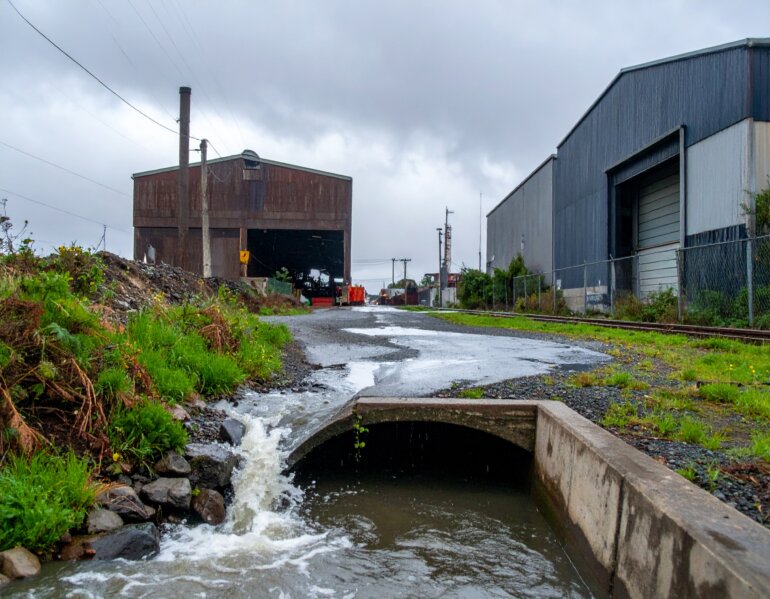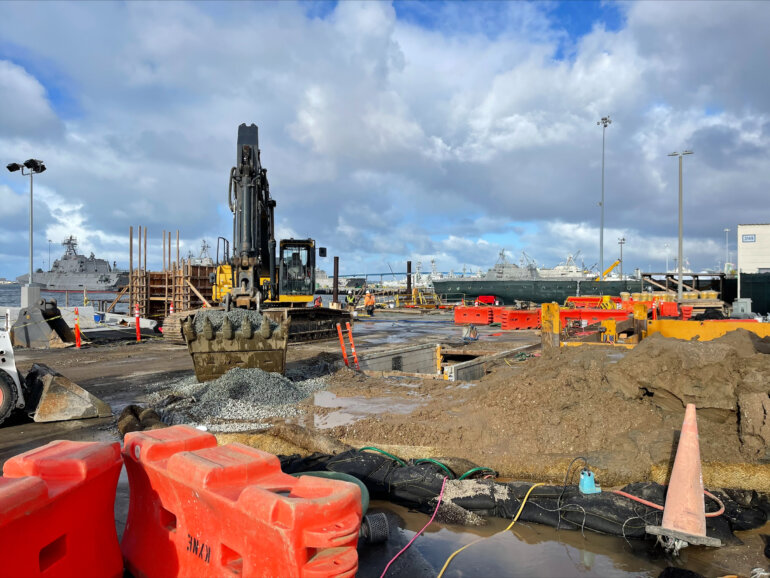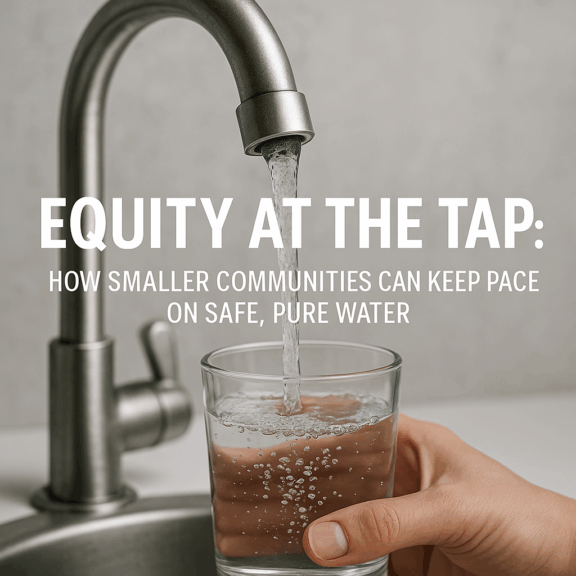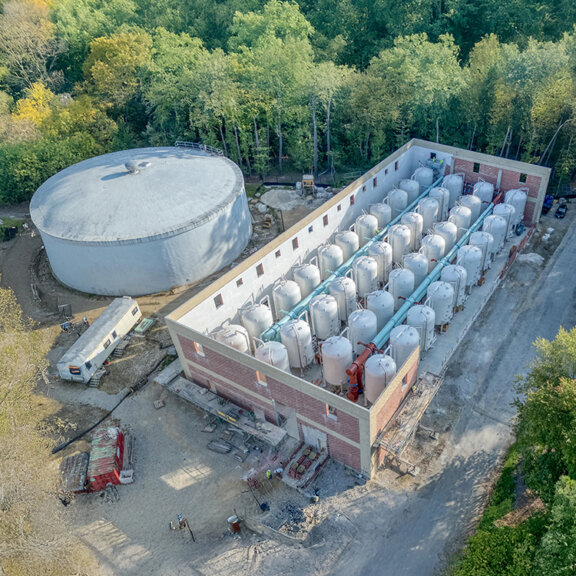Rain is the New Liability

Industrial Stormwater Solutions
There was a time when a passing rainstorm just meant a wetter workday. Now, it might trigger regulatory exceedances, on-site inspections, or even a halt in operations.
Across much of North America, rainfall has become more than just a weather event. In regions like California, Oregon, British Columbia, and parts of the Northeastern U.S., regulators increasingly treat storms as compliance triggers. Industrial facilities are being held accountable for the quality of the water that leaves their sites, and the consequences of falling short are becoming more tangible.
Recent enforcement actions make this point clear:
- In California, two Vallejo-based companies, BBK Enterprises and Transport Products Unlimited, were fined $15,000 and $7,500 respectively by the EPA for alleged Clean Water Act violations related to industrial runoff .
- The Oregon Department of Environmental Quality (DEQ) issued 11 fines totaling $231,281 in May 2024 for various environmental violations, including discharging industrial stormwater without a permit.
- In British Columbia, the District of Hope was referred for administrative penalties due to alleged non-compliance with wastewater discharge permits, highlighting the province’s commitment to enforcing water quality standards.
Rainfall events are now closely monitored, and non-compliance with stormwater regulations can lead to significant financial and operational repercussions.
Stormwater Compliance Impacts Business
In California, the state’s Industrial General Permit (IGP) mandates that facilities collect samples after the first significant rain of the season and subsequent qualifying storm events. Exceeding benchmark levels for pollutants such as total suspended solids (TSS), zinc, or oil and grease can lead to escalating corrective actions, including mandatory best management practice (BMP) upgrades and oversight by a qualified industrial stormwater practitioner.

Oregon’s 1200-Z permit follows a similar model. Facilities that repeatedly exceed pollutant benchmarks may be required to implement engineered treatment solutions and undergo long-term reporting, as evidenced by recent enforcement actions .
In British Columbia, local stormwater bylaws and federal oversight through the Fisheries Act are increasing scrutiny. The recent referral of the District of Hope for administrative penalties due to wastewater discharge non-compliance exemplifies the province’s enforcement approach.
These cases reflect a growing emphasis on stormwater management and the tangible consequences of non-compliance.
The Operational Burden of Stormwater Compliance
There aren’t many operational sites where managing stormwater is a dedicated role. The responsibility often falls to operations, safety, or maintenance personnel who are already managing production schedules, equipment issues, and workforce needs. These individuals are then tasked with collecting samples, overseeing BMPs, coordinating lab work, completing reports, and preparing for inspections—all in addition to their core responsibilities.
The nature of this work strains resources and increases the risk of non-compliance while also putting at risk the business’s core mission, particularly if stormwater systems require frequent manual intervention or lack automated monitoring capabilities.
Changing Rainfall Patterns Add Pressure
Shifting weather patterns are introducing new challenges. Increased rainfall intensity and shorter intervals between storms can overwhelm existing stormwater infrastructure, leading to unexpected exceedances and system failures. Facilities that previously maintained compliance may now find their systems inadequate for current conditions.
Adapting to these changes may involve reassessing infrastructure capacity, implementing passive treatment solutions, and integrating stormwater management into broader operational planning.
A Shift Toward Resilience
In response to these challenges, some operators are adopting proactive strategies:
- Evaluating and upgrading stormwater systems to handle increased volumes and pollutant loads.
- Implementing passive treatment options that reduce the need for constant oversight.
- Digitizing inspections and compliance reporting to ensure timely and accurate documentation.
- Incorporating stormwater management into operational and capital expenditure planning to anticipate future needs.
These measures can enhance resilience, reduce the risk of non-compliance, and align stormwater management with overall business objectives.
A Broader View of Risk
Stormwater is no longer a peripheral concern for industrial operations. It has become a significant factor in regulatory compliance, operational efficiency, and environmental stewardship. Recognizing and addressing stormwater management as a core component of business strategy is essential for mitigating risks and ensuring sustainable operations.
If Newterra can be of support to you, let’s talk now, while there’s still time to plan.
Or, read our earlier article on how to make stormwater compliance accessible.
Article by Nathan CW Smith, SVP Lifecycle Services & Marketing


